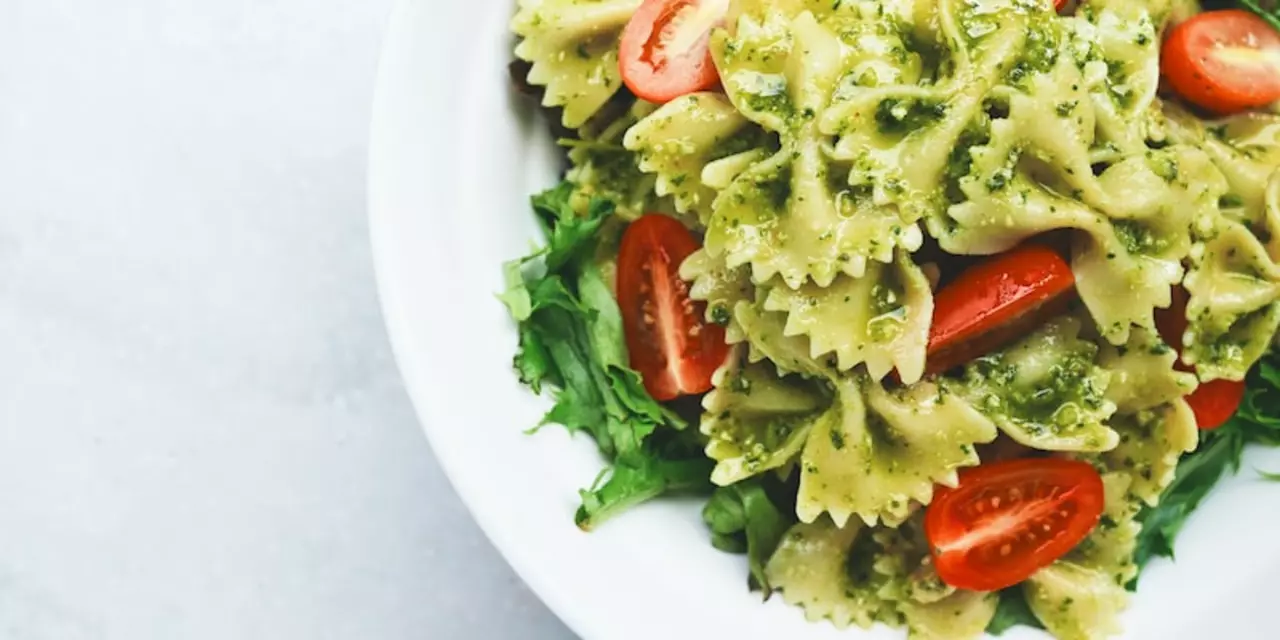Health and Nutrition: Are Ready‑to‑Eat Indian Foods Too Unhealthy?
Ever grabbed a pre‑packed Indian curry from the fridge and wondered if it’s a quick fix or a health trap? You’re not alone. Ready‑to‑eat meals promise convenience, but they often hide a mix of saturated fats, excess sodium, and barely any fibre. Let’s break down what’s really inside those packets and how you can still enjoy a tasty bite without compromising your wellness.
Why Many Ready‑to‑Eat Meals Are Hard on Your Body
First off, the fat profile. Manufacturers use palm oil or ghee to keep sauces silky and shelf‑stable. Those fats are high in saturated fatty acids, which can raise LDL cholesterol and nudge you toward heart disease if you eat them often. Next up, sodium. A single serving can contain up to 800 mg of salt—almost a third of the daily recommended limit. Too much sodium forces your kidneys to work overtime and can spike blood pressure.
Fiber is another casualty. Fresh vegetables and whole grains are stripped away during processing, leaving a product low in dietary fibre. Without fibre, you miss out on steady digestion, blood‑sugar control, and that feeling of fullness that helps curb snacking.
The combo of high saturated fat, high sodium, and low fibre isn’t just a numbers game; it translates to real‑world risks. Regular consumption can increase chances of cardiovascular issues, elevate blood‑sugar levels, and even tip the scale toward weight gain. In short, the convenience may come at a hidden health cost.
How to Choose Healthier Options
Don’t toss the ready‑to‑eat aisle altogether—just become a smarter shopper. Look for labels that list “no added palm oil” or “low‑sodium” as a selling point. Some newer brands are swapping out saturated fats for healthier oils like sunflower or canola, which lower the LDL impact.
Check the ingredient list. If you see whole‑grain flour, lentils, or real vegetables near the top, that’s a good sign. Those ingredients boost fibre and keep the meal more balanced. Also, keep an eye on serving size. Many packages claim a single serving, but you often need two to feel satisfied, which doubles the salt and fat you’re ingesting.
Another tip: add fresh ingredients yourself. Toss a handful of spinach, a squeeze of lemon, or a spoonful of plain yogurt into the reheated dish. That instantly lifts fibre, cuts sodium perception, and adds a fresh flavor punch.
Finally, mix it up with home‑cooked staples a few times a week. Simple recipes like boiled dal, steamed veggies, and brown rice take under 30 minutes and give you control over fat and salt. When you do reach for a ready‑to‑eat meal, you’ll know exactly what you’re getting and can keep your health goals on track.
Bottom line: ready‑to‑eat Indian foods can be convenient, but they often carry hidden health downsides. By reading labels, adding fresh tweaks, and balancing with home‑cooked meals, you can still enjoy those flavors without paying a heavy health price.
Are 'Ready to Eat' Indian food products too unhealthy?
This article discusses the healthiness of Indian ready-to-eat food products. The article argues that many of these products are unhealthy due to their high levels of saturated fat and sodium, as well as the lack of dietary fibre. It also examines the potential health risks posed by these products, including increased risk of cardiovascular disease and diabetes. Finally, the article looks at possible solutions, such as increasing the availability of healthier alternatives and educating consumers about making healthier choices. In conclusion, the article suggests that Indian ready-to-eat food products are too unhealthy and steps must be taken to make them healthier.
More